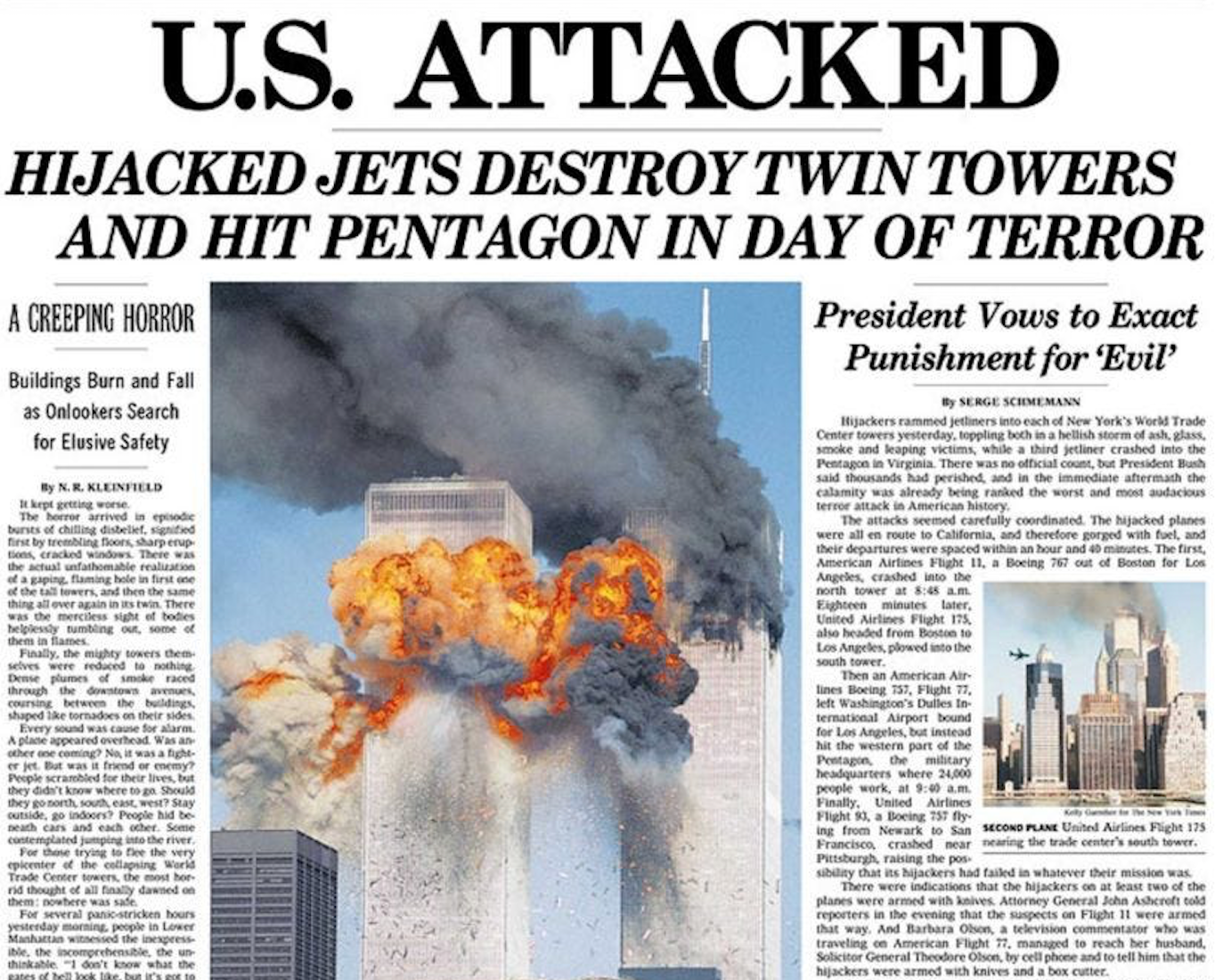Rumored Buzz on News Articles
Rumored Buzz on News Articles
Blog Article
Facts About News Articles Revealed
Table of ContentsAn Unbiased View of News ArticlesNews Articles Things To Know Before You BuyNot known Details About News Articles The 9-Minute Rule for News ArticlesThe 2-Minute Rule for News Articles
Good knowledge of various subjects offers trainees an one-upmanship over their peers. Even though electronic and social media are conveniently available, we ought to not neglect exactly how important it is to review the newspapers. Moms and dads should attempt and instill the practice of reading a paper as a daily regimen to continue the legacy of the revered print tool.Newspaper article also have at least one of the adhering to essential features about the designated target market: closeness, prominence, timeliness, human rate of interest, curiosity, or repercussion. The relevant term journalese is sometimes utilized, normally pejoratively, to describe news-style writing. An additional is headlinese. Papers generally adhere to an expository writing style.
Within these restrictions, newspaper article likewise aim to be detailed. Other aspects are entailed, some stylistic and some acquired from the media form. Amongst the bigger and extra recognized newspapers, fairness and balance is a major consider providing info. Commentary is usually confined to a different area, though each paper might have a different overall angle.
Papers with a global audience, for instance, often tend to utilize a more official design of composing. News Articles.; usual style guides consist of the and the US Information Style Book.
Some Known Facts About News Articles.
Generally, journalists will certainly not use a long word when a brief one will certainly do. They make use of subject-verb-object construction and brilliant, energetic prose (see Grammar). They supply stories, examples and metaphors, and they rarely depend on generalizations or abstract ideas. Information authors attempt to avoid using the exact same word greater than as soon as in a paragraph (sometimes called an "resemble" or "word mirror").
Headlines occasionally leave out the topic (e.g., "Jumps From Watercraft, Catches in Wheel") or verb (e.g., "Pet cat woman lucky"). A subhead (additionally subhed, sub-headline, subheading, subtitle, deck or dek) can be either a subordinate title under the major headline, or the heading of a subsection of the post. It is a heading that precedes the primary message, or a team of paragraphs of the main message.

Extra signboards of any of these types might appear later read what he said in the write-up (particularly on succeeding pages) to lure further analysis. Such signboards are also made use of as tips to the write-up in other sections of the magazine or website, or as ads for the item in various other publication or websites. Regular structure with title, lead paragraph (recap in bold), other paragraphs (information) and get in touch with details.

Instance of a hard-lead paragraph NASA is recommending another space task. The budget requests roughly $10 billion for the task.
The NASA news came as the agency asked for $10 billion of appropriations for the job. An "off-lead" is the 2nd essential front web page news of the day. The off-lead appears either in the leading left edge, or directly below the lead on the. To "hide the lead" is to begin the post with background details or details of secondary value to the readers, requiring them to learn more deeply into a short article than they ought to have to in order to uncover the necessary points.
See This Report on News Articles
Typical usage is that one or two sentences each create their very own paragraph. Journalists normally define the organization or structure of an information tale as an inverted pyramid. The vital and most intriguing elements of a tale are put at read this the beginning, with supporting details complying with in order of reducing importance.
It permits people to check out a subject to just the deepness that their inquisitiveness takes them, and without the imposition of details or subtleties that they could consider irrelevant, however still making that details readily available to much more interested readers. The inverted pyramid structure additionally allows posts to be trimmed to any type of approximate length during layout, to suit the room readily available.
Some writers begin their tales with the "1-2-3 lead", yet there are many sort of lead available. This style usually begins with a "5 Ws" opening up paragraph (as described over), adhered to by an indirect quote that serves to support a significant element of the very first paragraph, and afterwards a direct quote to support the indirect quote. [] A kicker can refer to several points: The last story current broadcast; a "delighted" tale to end the program.
Longer articles, such as magazine cover articles and the items that lead the inside areas of a newspaper, are called. Feature stories differ from click to find out more straight information in numerous methods. Foremost is the lack of a straight-news lead, a lot of the time. Rather than supplying the essence of a story in advance, function authors may try to lure visitors in.
Examine This Report on News Articles
A feature's first paragraphs frequently associate a fascinating moment or occasion, as in an "anecdotal lead". From the details of an individual or episode, its view quickly expands to abstract principles concerning the tale's topic.

The Editor's Tool kit: A Reference Overview for Beginners and Professionals (2001) Allan M. Siegal and William G. Connolly. The New York Times Manual of Style and Use: The Official Style Guide Utilized by the Writers and Editors of the Globe's Most Reliable Newspaper (2002) M. L. Stein, Susan Paterno, and R.
Report this page